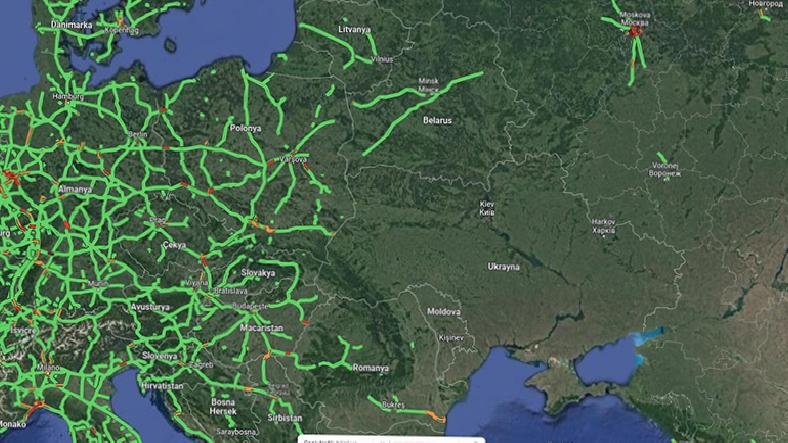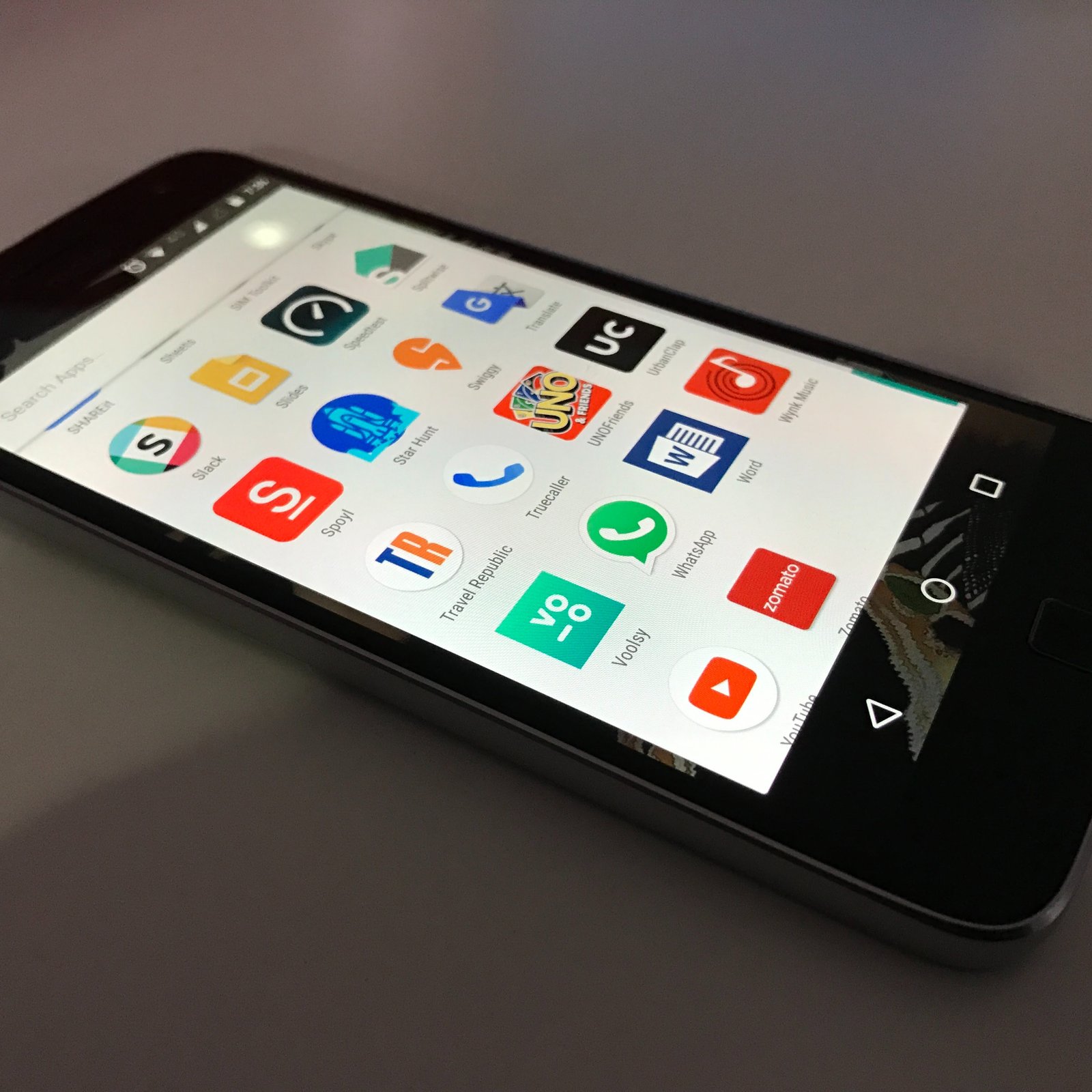Main Highlights:
- According to Variety, Spotify has ceased operations in Moscow indefinitely in response to Russia’s invasion of Ukraine.
- The streaming platform opened a representative office in Moscow only recently, in response to a new Russian law mandating multinational technology companies with a user base of more than 500,000 to establish a presence in the country by 2022.
- Spotify will also de-platform RT and Sputnik News, funded by the Kremlin, and have a sizable global audience. Both sites, opponents claim, are used as propaganda tools for the Russian government and its foreign policy objectives.
Spotify has suspended operations in Moscow indefinitely in response to Russia’s invasion of Ukraine, Variety reported. The streaming platform has recently launched a representative office in Moscow, following a new Russian law requiring international technology businesses with a user base of more than 500,000 to establish a presence in the country by 2022. However, the rule is new enough that most affected companies (which include Meta, Twitter, and Telegram) have yet to comply. Spotify, TikTok, and Apple have all built offices in Russia.
Users in Russia will continue to have access to Spotify. According to a statement supplied to Variety by a Spotify spokeswoman, it is necessary to maintain service in Russia to facilitate the worldwide flow of information.
Spotify will also remove RT and Sputnik News from its platform, both backed by the Kremlin and extensive worldwide viewership. Both sites, critics assert, serve as propaganda vehicles for the Russian government and its foreign policy aims. Canada and the EU have recently banned Russian state television from their airwaves, and both stations are currently under investigation in the United Kingdom.
However, such Kremlin-backed publications are still relatively easy to access in the United States. The National Association of Broadcasters has urged US broadcasters to discontinue carrying RT, RT America, and Sputnik News; only DirectTV and Roku have agreed thus far. Apple and Google have also delisted these outlets’ applications from their respective app marketplaces.
However, most other platforms, like Meta, TikTok, and YouTube, are simply demoting or downranking Russian state-backed channels in the United States, even though they are explicitly banned in the European Union. Although users may still access the media directly, meta has ceased promoting the RT, and Sputnik News channels in the Facebook Main and Instagram feeds.

Google blocks traffic data on Maps in Ukraine to safeguard civilians.
Google Maps has been temporarily disabled in Ukraine to protect users during the country’s invasion. The features use anonymized location data from Android smartphones to highlight which routes are suffering delays and which businesses and merchants are hopping. Experts believe that such data might give light to the invasion’s progress.
One open-source intelligence (OSINT) professional saw signs of the Russian attack on Google Maps early last Thursday after seeing strange “traffic bottlenecks” near the Ukrainian border. Professor Jerry Lewis of the Middlebury Institute’s OSINT group previously told Motherboard that they believe they were the first to see the invasion. And they identified it with the assistance of a traffic app.
According to Reuters and Vice, Google suspended certain features to safeguard the safety of local consumers. While global access to the parts has been blocked, Google states that drivers in the region who use turn-by-turn navigation will continue to have access to current traffic information. It is uncertain whether Google has ever disabled these features during crises or conflicts in the past.
Location data acquired by mapping companies typically reveals this type of unexpected finding. For example, in 2017, when fitness tracking website Strava published a map of its users’ activity, it mistakenly told the locations of various US military facilities, revealing where soldiers were performing loops around airfields. Similarly, Snapchat’s geolocation capabilities caught images and videos from the frontlines of the Iraq War. Furthermore, whether or not location data is included, information shared on social media in conflict zones has turned into a vital tool for open-source investigators, journalists, and others.
Typically, this data must be combined with data from other sources to generate valuable information. For instance, when investigators observed traffic congestion outside of Ukraine on Thursday, they used satellite photographs to assess the location. The smartphone data was most likely collected from individuals apprehended at checkpoints, not military personnel armed with Android phones.
Lewis, an OSINT investigator, told last week that he believes big data companies usually avoid facing the potential value of their data. And they mean, isn’t it cool when they do it? Perhaps it would be less astonishing if the Russians could detect an attack by Ukrainians.



















